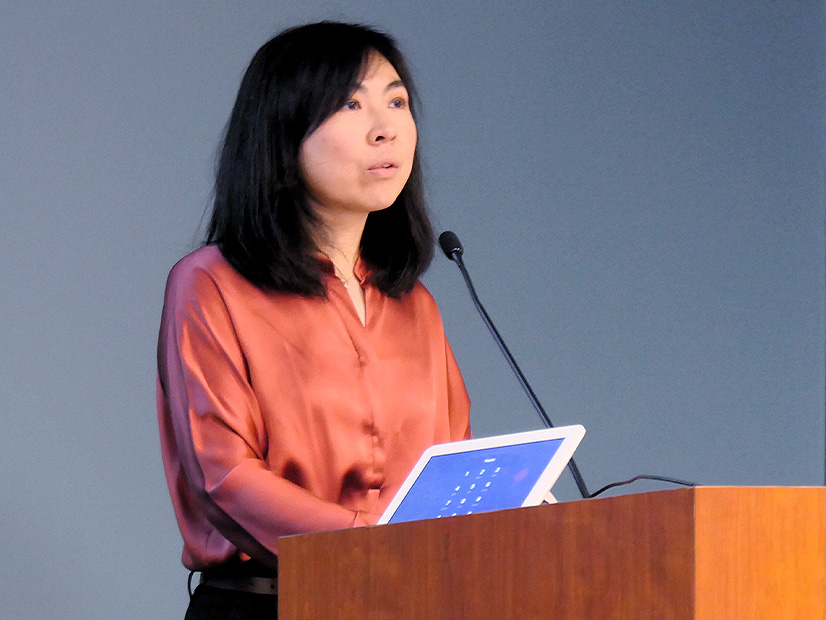CARMEL, Ind. — MISO said a riskier operating environment means it needs a more nuanced approach to its regulation reserve requirements.
At its May 30 meeting, MISO’s Reliability Subcommittee agreed to take up a project to make regulation reserves more dynamic. MISO plans to design a process with stakeholders to quantify operating uncertainty and prescribe the requirement depending on anticipated risks.
Manager of Operations Risk Assessment Congcong Wang said historically, MISO’s regulating reserve relies on a static requirement “that may not be effective in managing the increasing and varying uncertainty in the 4-second to 5-minute time frame” given MISO’s changing resource portfolio. She said MISO needs a more calibrated approach that involves a requirement that varies by hour and season in either high, medium or low amounts. MISO currently carries about 400 MW of regulation reserves.
“Appropriately setting its requirement is critical for the product to work effectively,” Wang said.
MISO’s ancillary service market provides regulating reserves, which are designed to maintain frequency regulation up to 5 minutes at a time.
Wang said MISO expects to begin work in earnest on the initiative in the third quarter. She said the shift shouldn’t require completely new software or a filing with FERC to edit the MISO tariff.
The regulation reserve project likely will spawn a sister task: MISO said it also plans to update the uncertainty component of its ramping product to be more dynamic. Wang said while MISO’s ramp capability requirement’s variation component is dynamic, its uncertainty component is “hard coded as a static parameter” and has been updated only once in 2021 since the product’s inception in 2016. MISO would like to come up with a method to quantify uncertainty over the next 10 to 30 minutes and use that in its anticipated ramp-up needs.
Wang said the move would have MISO’s software more accurately predicting when it needs ramp-up capability and sending out scarcity pricing to incentivize resources. She said the goal is to have MISO more clearly signaling beforehand when it could use flexibility.
MISO last year essentially disabled its down-ramp product in an acknowledgement that it virtually never requires it.



